Couple claim to insulate their home with this creeper — experts give their verdict
The homeowners of this creeper-covered home say it helps keep them warm at night. But does it? We asked our experts if plants offer up any insulation value
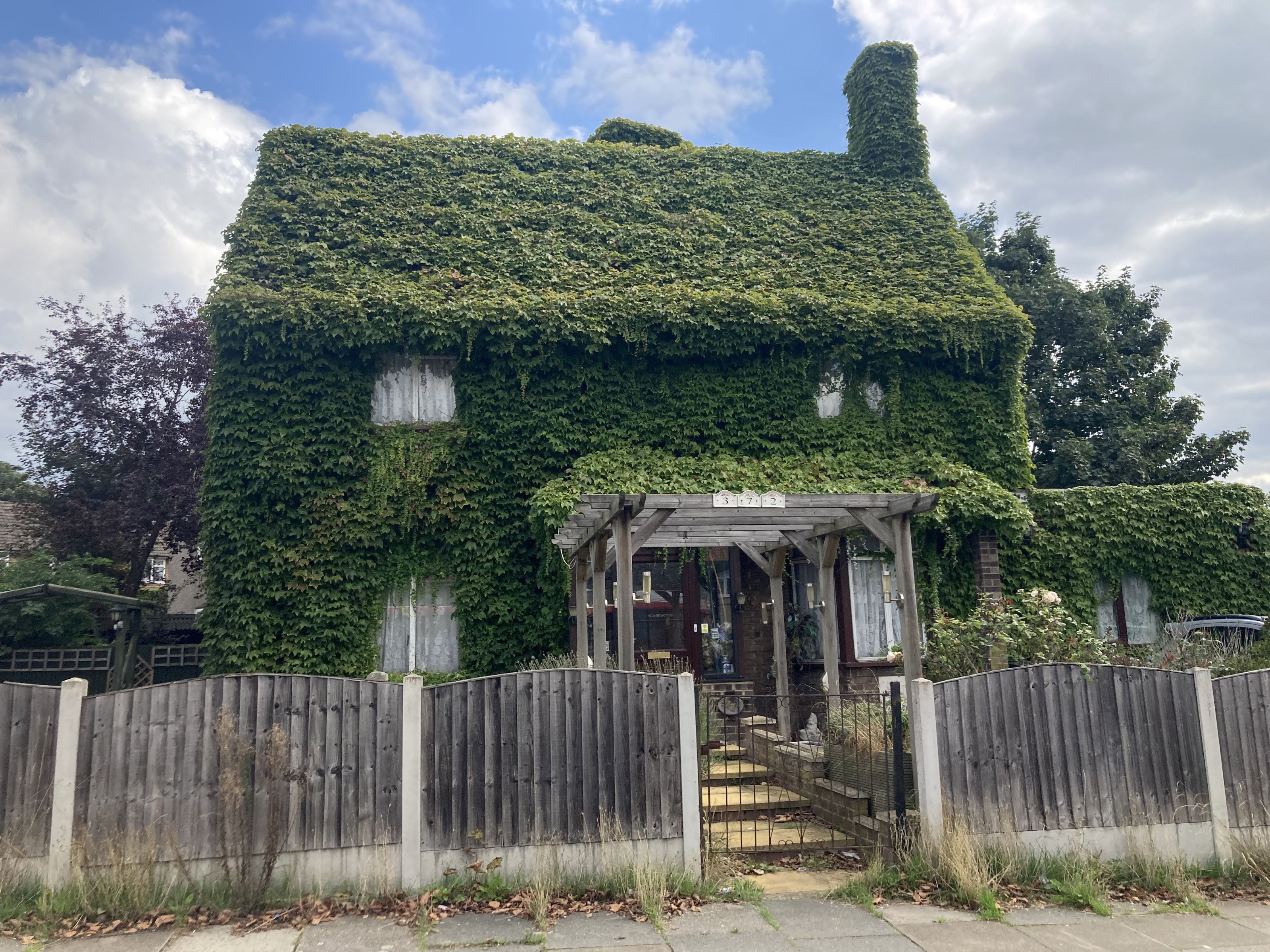
A retired couple in London claim a giant Virginia Creeper engulfing their property is helping them keep the heating firmly off. They say, the climber is insulating the home in a similar way to how a sedum green roof might work.
Michael and Teresa Lye, who are in their 70s, bought their home, in Bromley, in 1984 for £24,000 complete with the creeper, which adorned several other houses in the Downham estate in south east London at the time.
The Grandparents of 25 say the plant, also known as "American Ivy", was introduced to the houses after a monarch, who opened the estate in 1928, remarked that the homes would look more impressive with the vines growing up them. George V, who was Queen Elizabeth II's grandfather, would've been King at the time.
Over the years, other homeowners pulled down the plant while Michael and Teresa kept theirs, with it eventually growing to the point where it is almost completely covering every inch of the property and becoming a bit of a tourist attraction. Now they say they wouldn't have it any other way as it keeps them warm at night.
But how true can this be? Can a plant actually help insulating walls and offer up any insulation value to a house? We asked our experts for their verdict and whether we should all be rushing out to buy creepers for our own homes this winter.
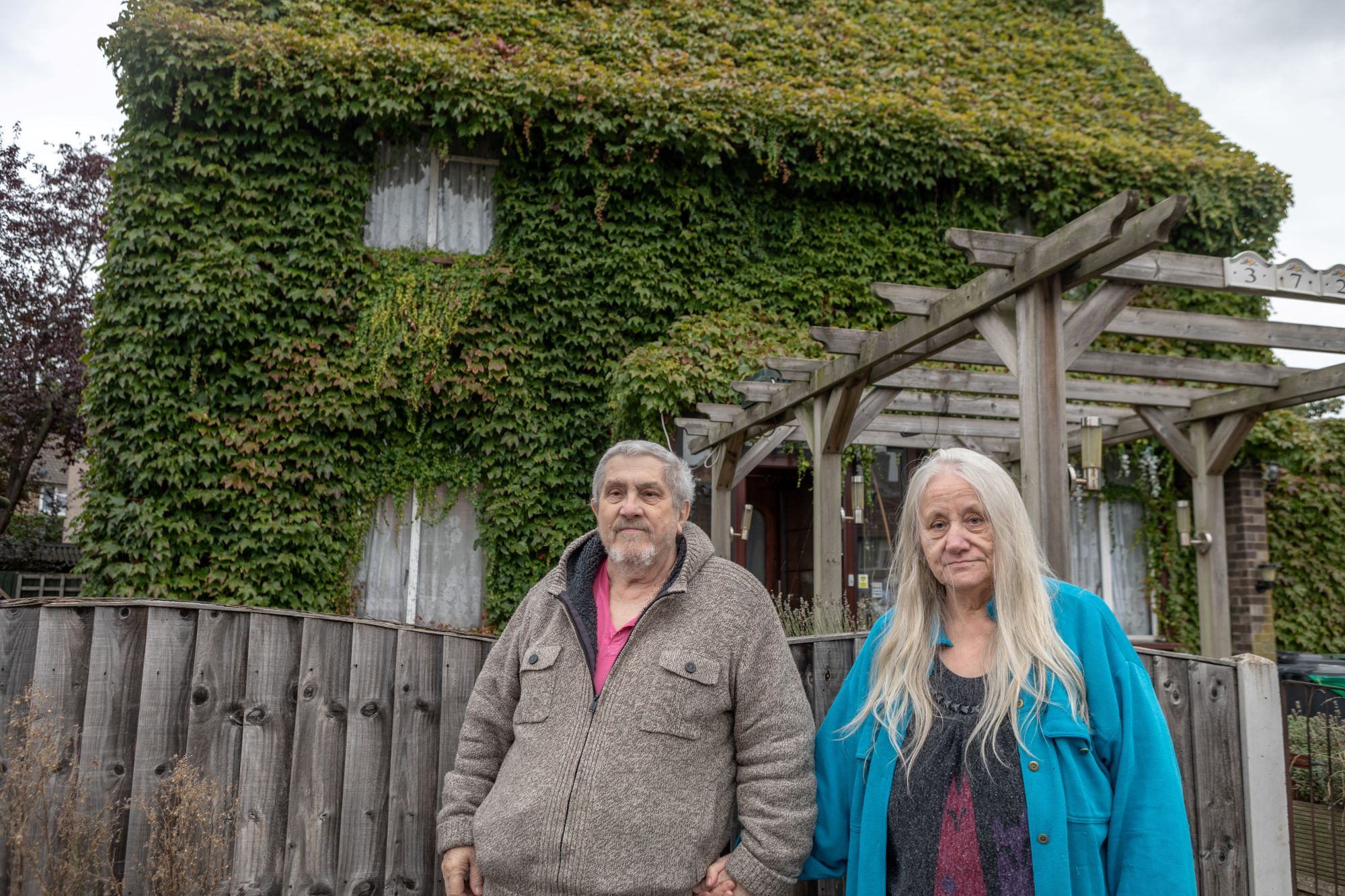
Why the couple say the creeper is keeping them warm
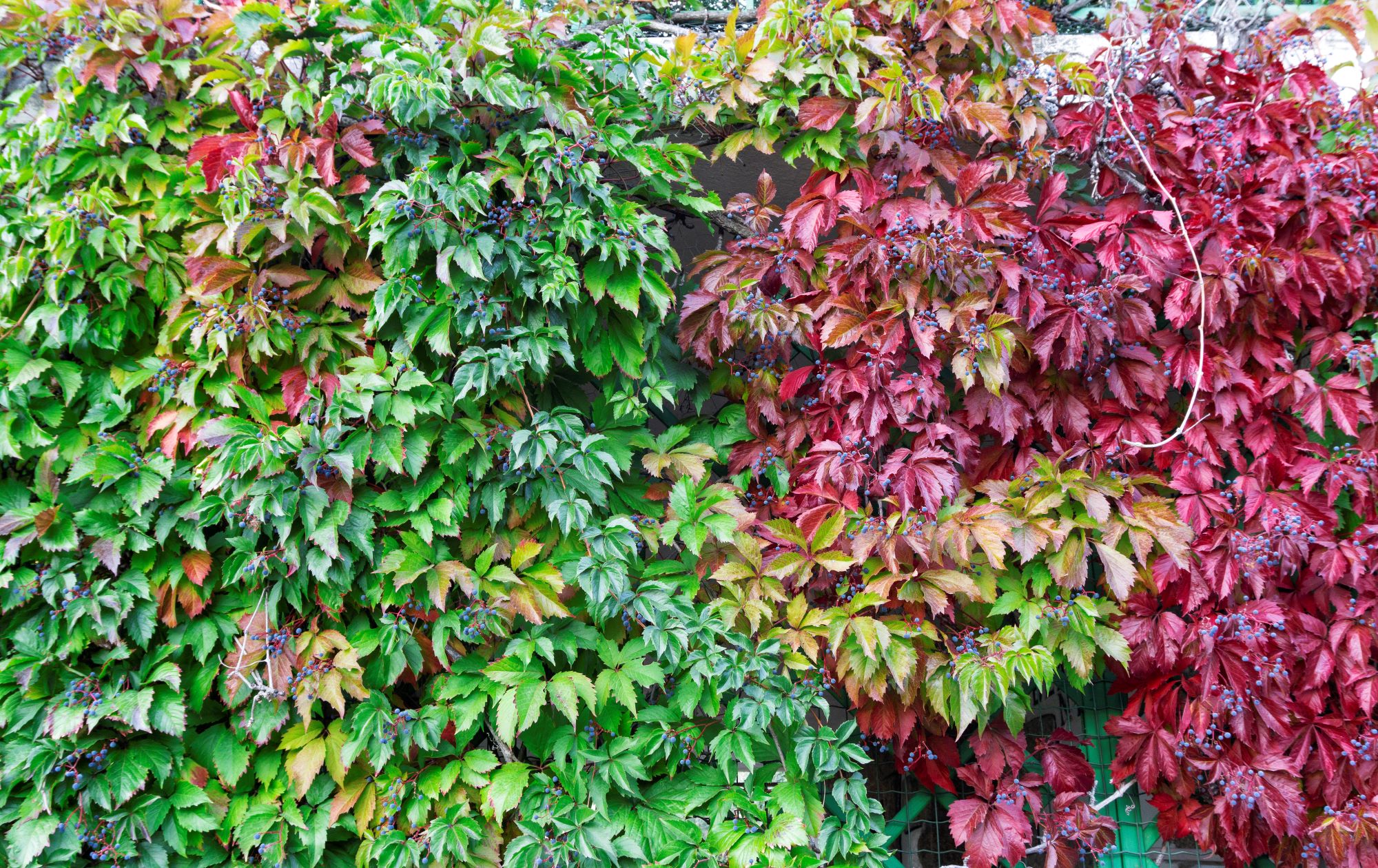
The UK Countryside Act actually lists the plant as a non-native invasive species with the Royal Horticultural Society (RHS) advising gardeners to avoid planting it in their gardens. Those who do have it are advised to dispose of any cuttings, responsibly as it tends to spread easily.
That said, it is still a popular deciduous climber because of its striking red and orange hue in the autumn and green leaves in spring and summer, with five ovate leaflets.
Michael, who is 75, says while the couple originally pruned the climber right back, they've since decided to let it grow as they feel it helps keep their home warm. He adds that it acts as a kind of natural insulation.
Teresa, 72, says the rooms are "nice and warm" inside the house, so much so that they need a fan in the house. She added that their daughter, who is one of five of their children, has come in and asked if they have the heating on, because it is so nice and "toasty" in the winter months.
Bring your dream home to life with expert advice, how to guides and design inspiration. Sign up for our newsletter and get two free tickets to a Homebuilding & Renovating Show near you.
But the creeper hasn't always been under control. When the couple first purchased the property, the creeper had made its way inside the house.
Vandals had been on the estate and broken some of the windows and the climber had managed to find its way into some of the rooms, across the ceilings and up and down the walls.
Passers-by often photograph the home too, with some asking if they get any bugs infesting the home with the creeper growing all over it.
Michael then reportedly tells them: "No, the wife sleeps with her mouth open so we're fine."
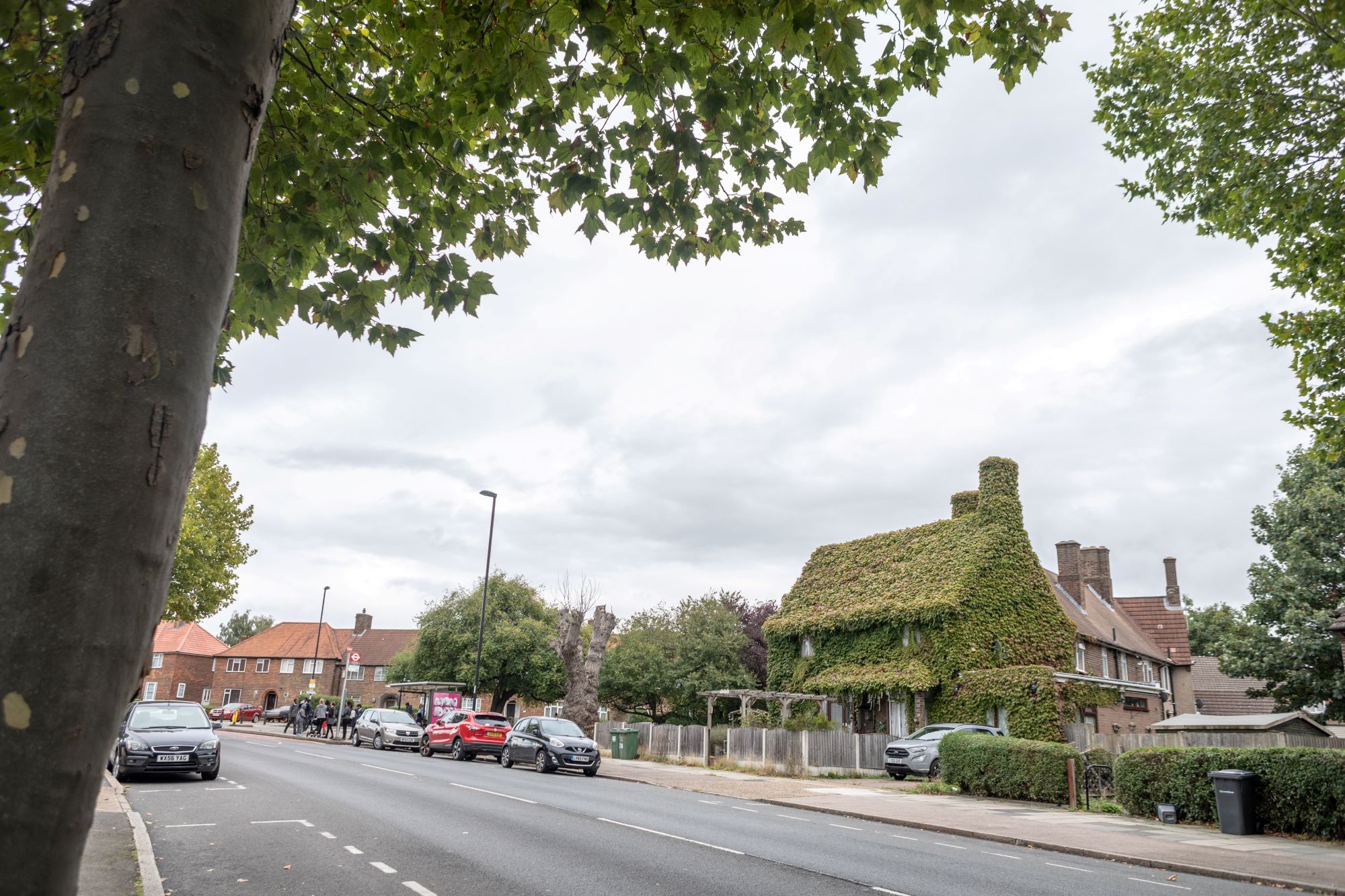
Does this creeper offer any insulation value?
Perhaps surprisingly, our energy efficiency expert Tim Pullen says the Virginia creeper will be providing some external wall insulation to the home. But while the answer is yes to it insulating the property, don't go rushing out to buy one yourself as there's a bit more to his verdict.
"Virginia creeper is a bit of a double-edged sword," he explains. "It will have some insulating effect in that it will prevent the wind getting to the wall and cooling it. But in the same way, it will also prevent the sun getting to the wall and warming it.
"However, it also presents a maintenance problem in that the creeper will need to be trimmed periodically to prevent it growing over windows, doors, gutters, etc.
"All-in-all while it is an interesting idea it might be better to stick to more conventional methods of insulation."

Tim is an expert in sustainable building methods and energy efficiency in residential homes.
Could the creeper be damaging the house?
While Virginia creeper is also known as "American Ivy", it is very different from British Ivy, Tim Pullen adds. British Ivy has a reputation for damaging buildings when it grows up them, whereas Virginia creeper is not the same.
"It is not to be confused with Ivy," he explains. "This plant has aerial roots that will insert themselves in cracks and joints in the wall and can cause damage."
Meanwhile, he adds, the Virginia creeper is ground rooted. "As it is a ground rooted plant it will do no damage to the wall and may offer benefit by helping to keep the wall dry," he says.
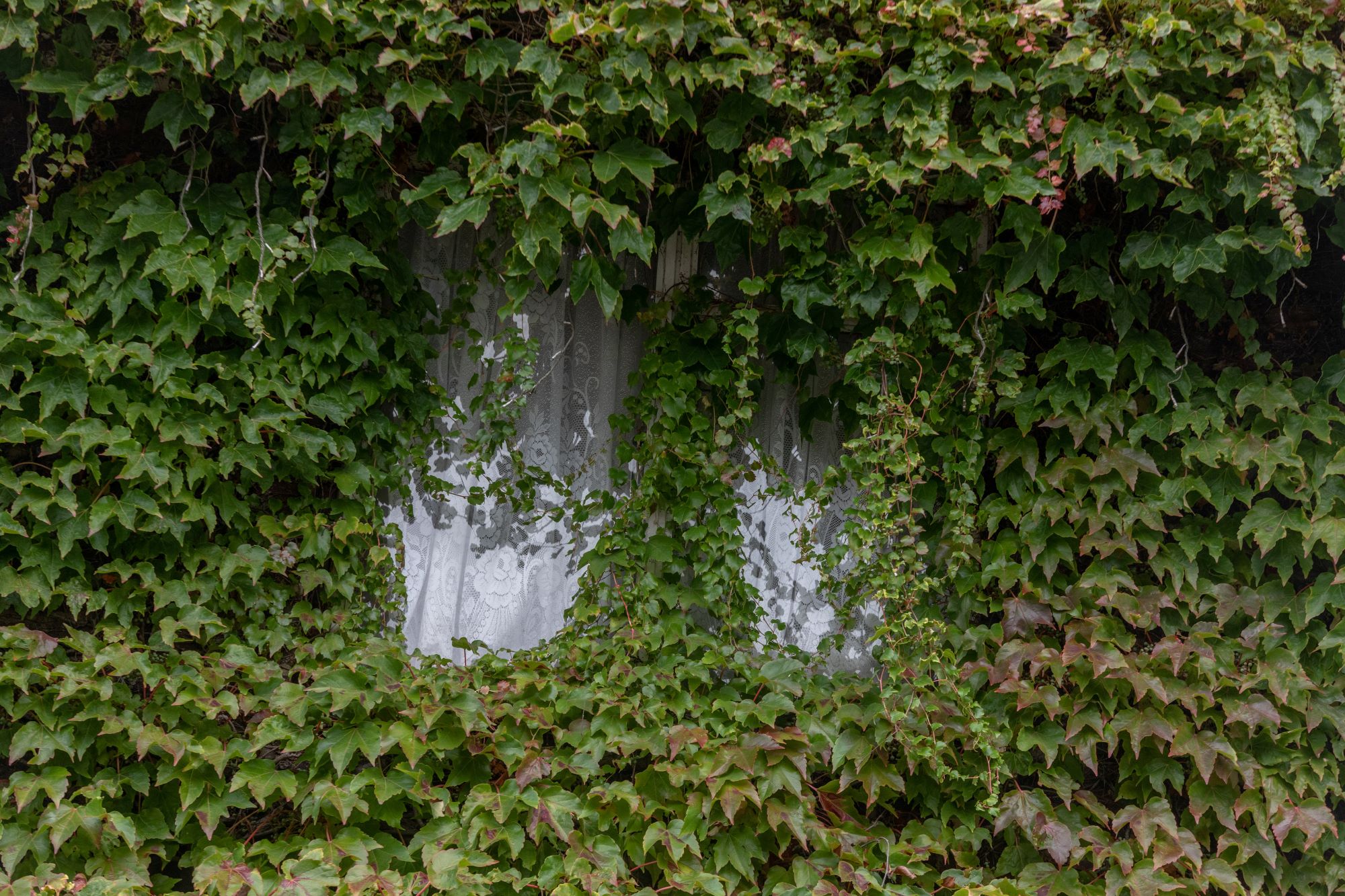
Building surveyor Brien Walker from Snow Walker, a specialist period homes building surveyor, agrees, saying: "Virginia creeper is not generally considered to be damaging to traditional house materials per se, but as with most things that is all a matter of degree.
"The added weight of the creeper illustrated in the picture — the original structure will not have been designed to accommodate that. This level of growth will probably also trap water underneath on the flatter surfaces and probably excessively dry out the vertical ones, neither of which would be good for (say) flint in a lime mortar cement, clay bats being an unburnt clay block, clunch or rendered walls. So moisture retention, or conversely the lack of it, could well damage the surfaces even if the plant does not."
He went on to explain that it might also affect the "hygric buffering of a building". This is the moisture transference in and out of the building's material.
"[This] is very important to traditional heavy timber frame properties. This level of creeper is also very invasive — positively creepy one might say. It will penetrate the doors, windows, guttering, roof, service vents and quite probably the services themselves. I don’t think it would be very sensible having an open fire in a chimney stack in the way this one is covered!
"Then there is the matter of the bugs and creatures that will enjoy living under the creature — being next to nature is one thing, but this is perhaps an extreme."
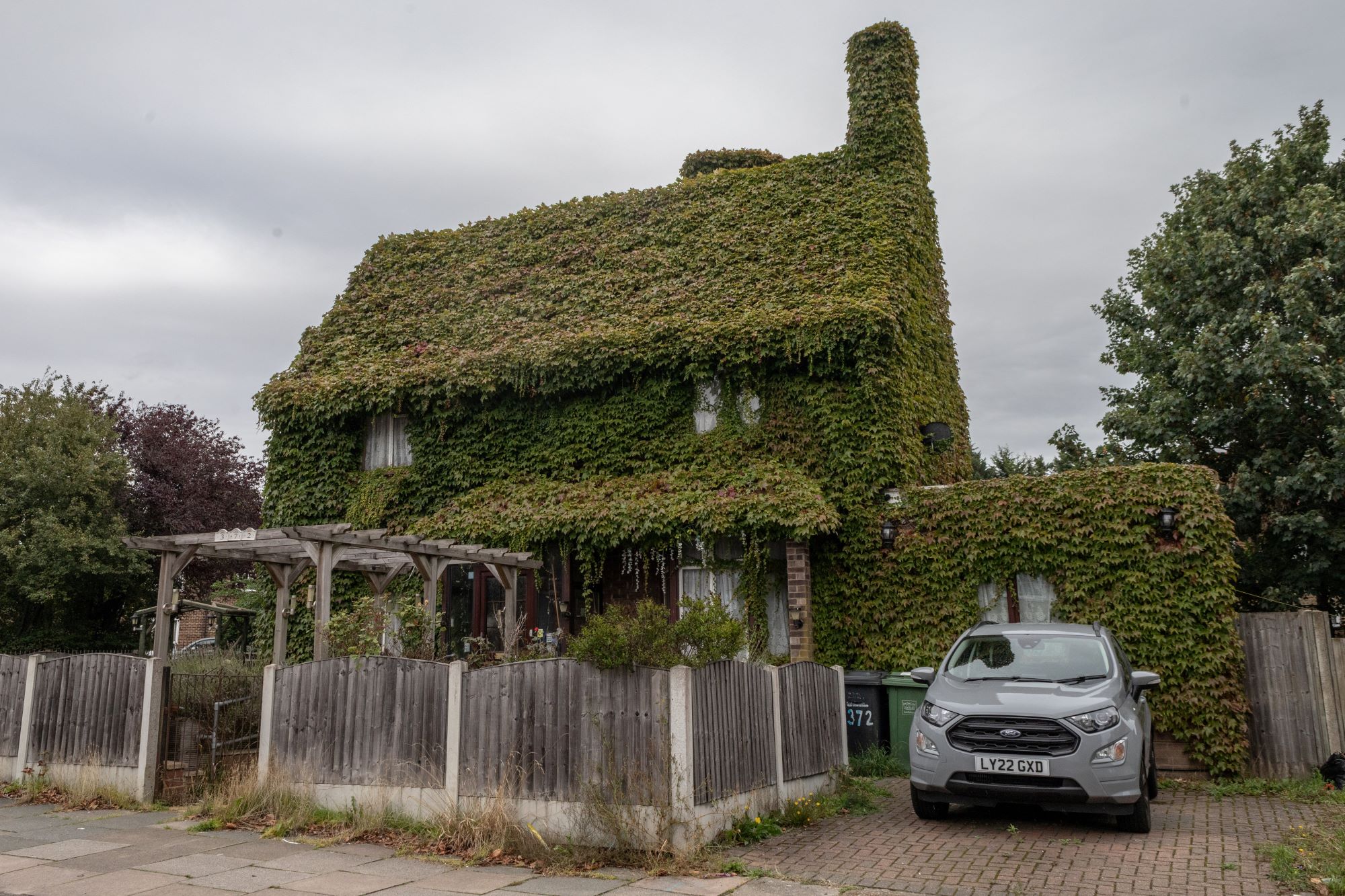

Amy spent over a decade in London editing and writing for The Daily Telegraph, MailOnline, and Metro.co.uk before moving to East Anglia where she began renovating a period property in rural Suffolk. During this time she also did some TV work at ITV Anglia and CBS as well as freelancing for Yahoo, AOL, ESPN and The Mirror. When the pandemic hit she switched to full-time building work on her renovation and spent nearly two years focusing solely on that. She's taken a hands-on DIY approach to the project, knocking down walls, restoring oak beams and laying slabs with the help of family members to save costs. She has largely focused on using natural materials, such as limestone, oak and sisal carpet, to put character back into the property that was largely removed during the eighties. The project has extended into the garden too, with the cottage's exterior completely re-landscaped with a digger and a new driveway added. She has dealt with de-listing a property as well as handling land disputes and conveyancing administration.
